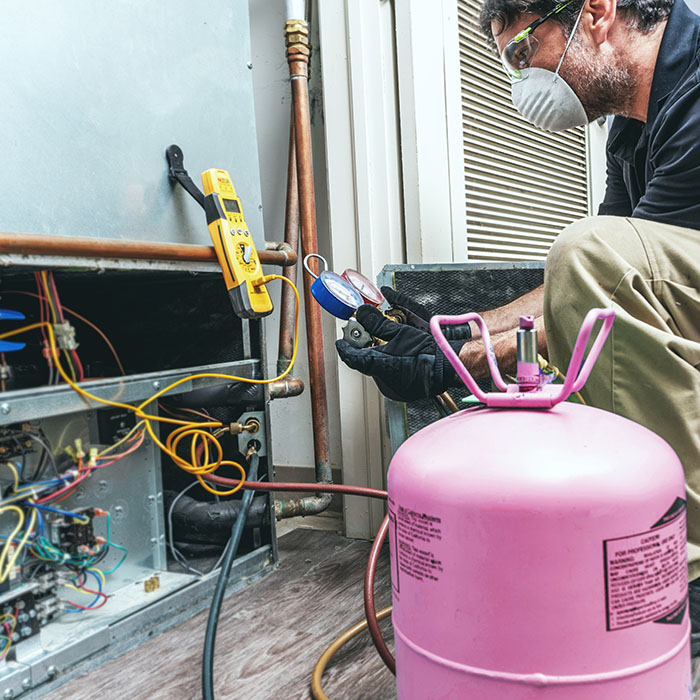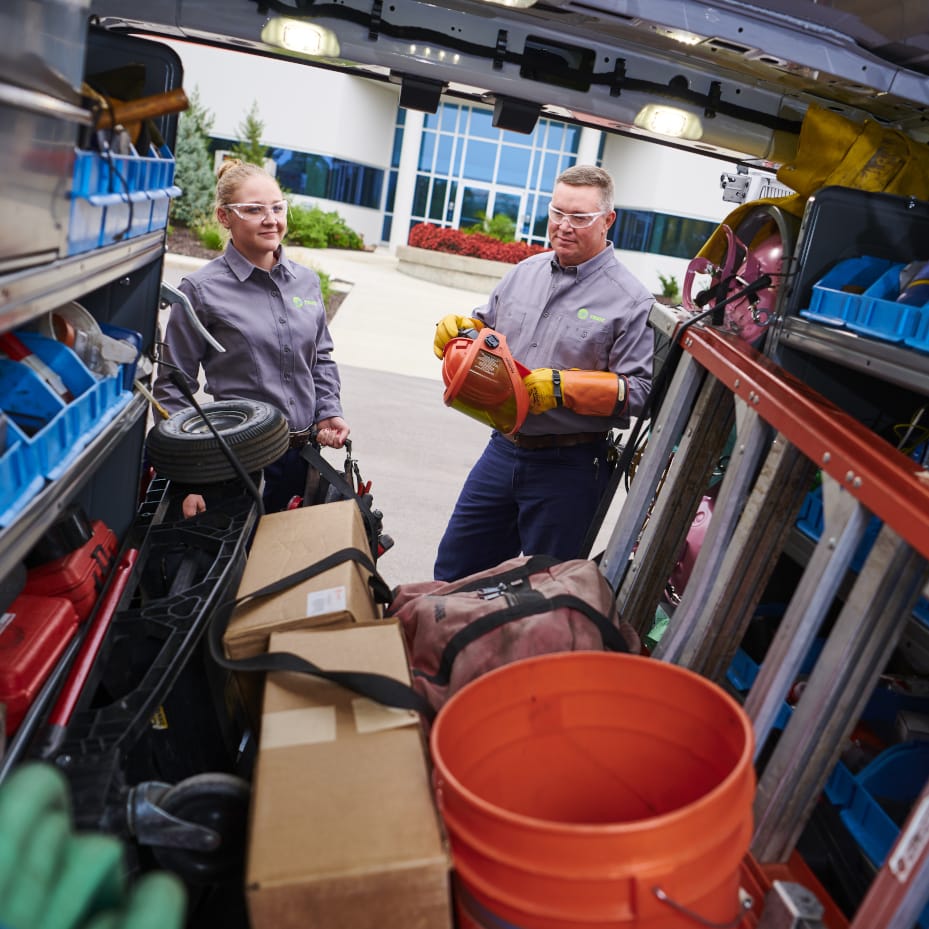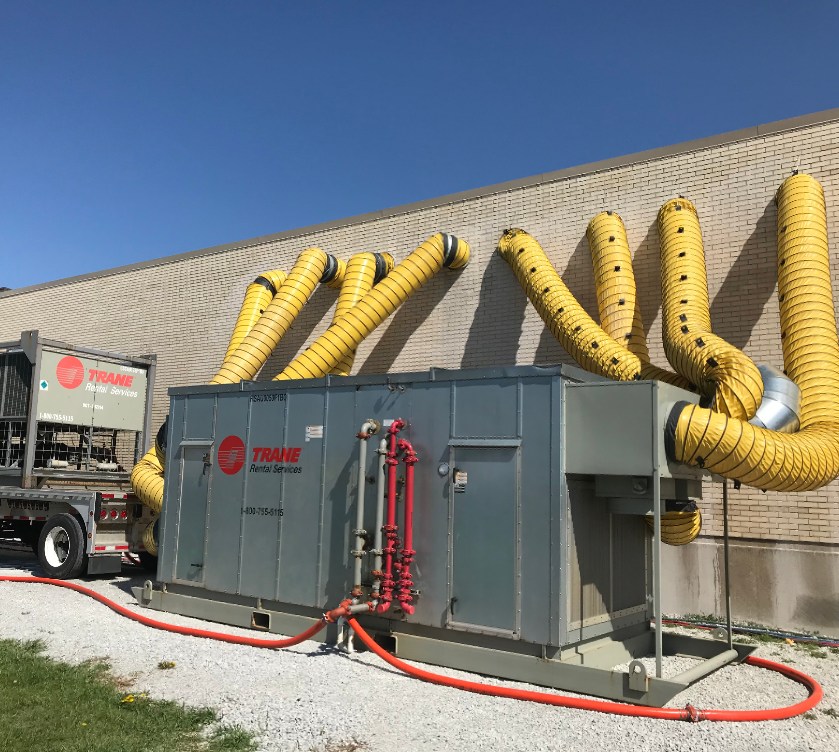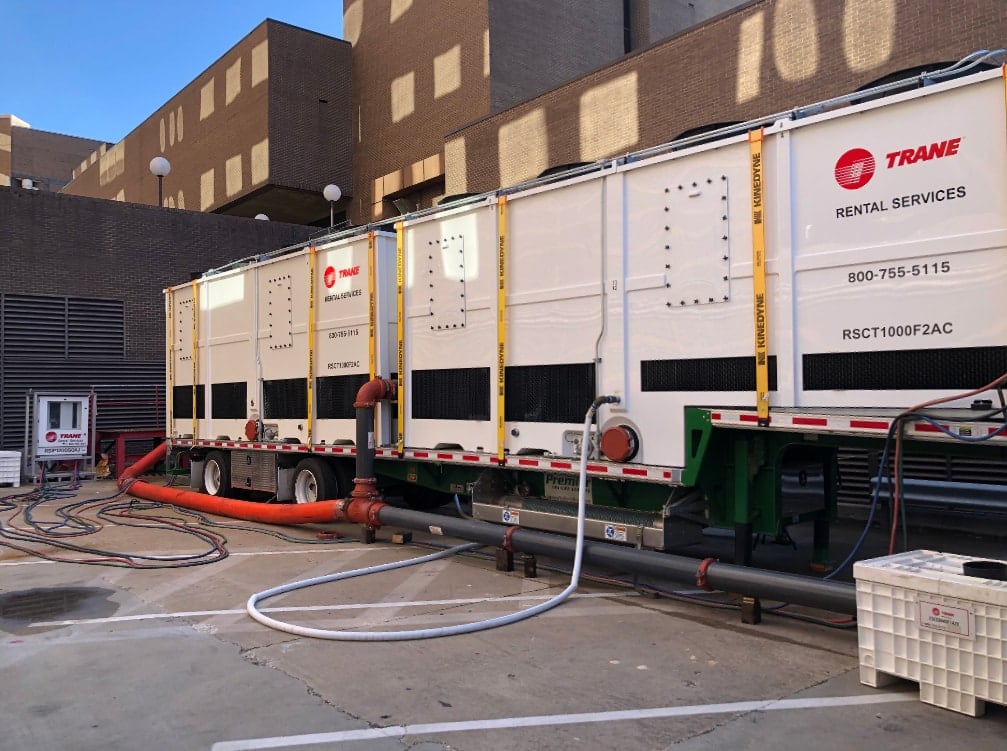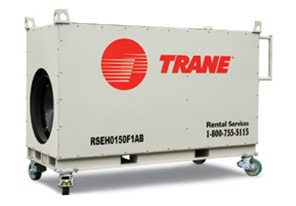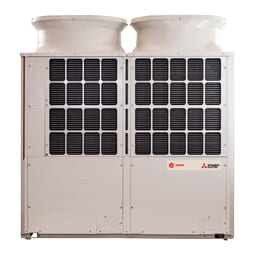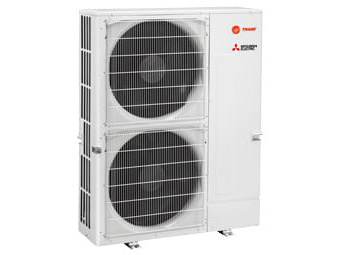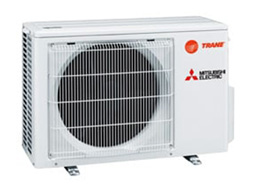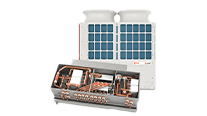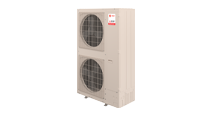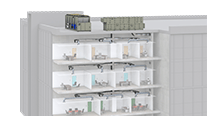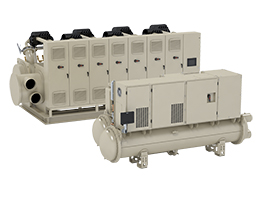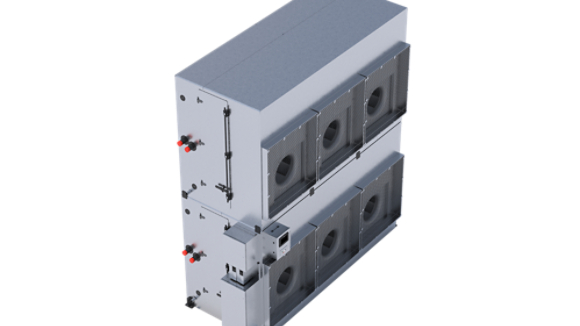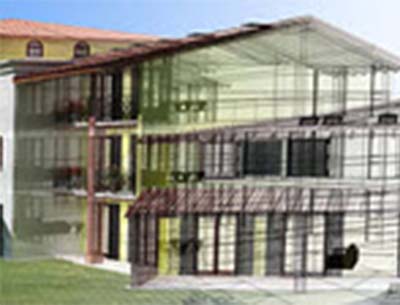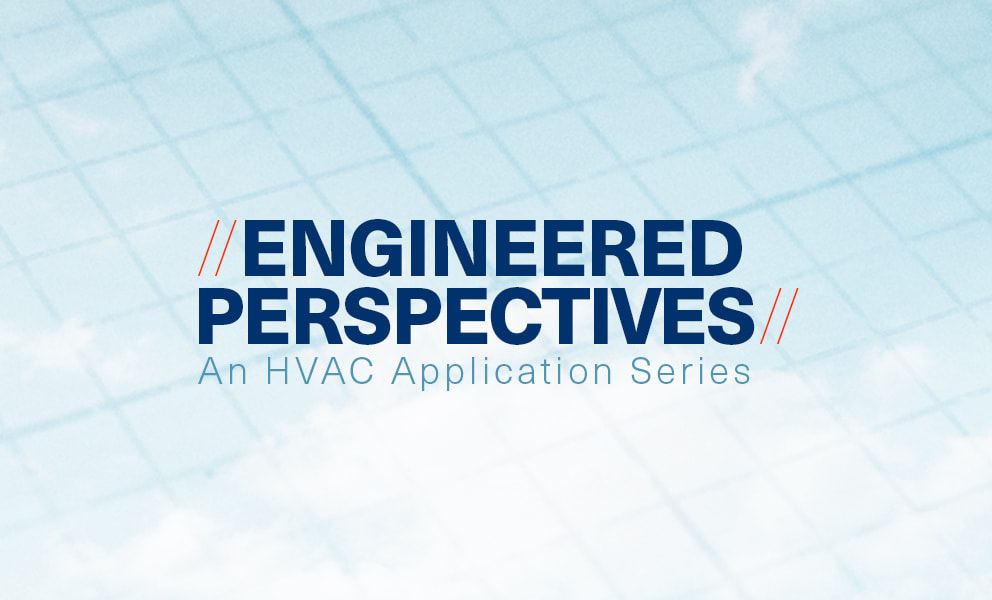Trane Engineers Newsletter: Hydronic Variable Refrigerant Flow Systems
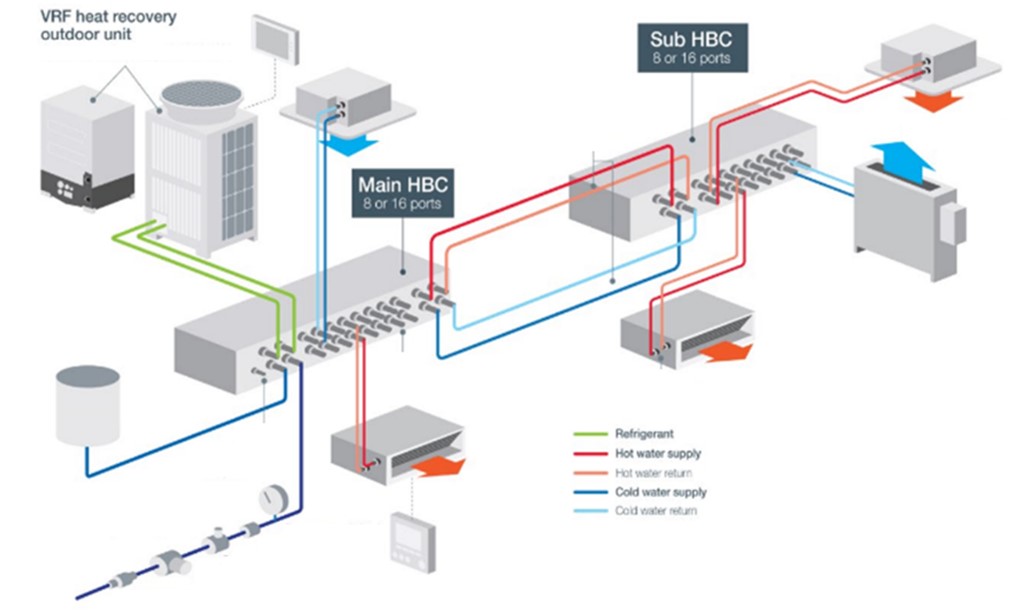
The HBC includes any valves necessary to direct either cold or hot water to the various zones, along with refrigerant-to-water heat exchangers and variable-speed pumps for both the cold and hot water distribution headers. A sub-HBC is available to increase the number of zones served without the use of refrigerant.
A hydronic variable refrigerant flow system provides the following benefits compared to a conventional VRF system:
- No refrigerant piping in the occupied spaces
- Less overall refrigerant charge (30 percent less on average)
- Tighter temperature control
- Reduced defrost penalty
- Easier to install due to less copper piping
- Less noise, especially during defrost
Download this issue of the Trane® Engineers Newsletter to read it now.
More about Trane Engineers Newsletters
Engineers Newsletters are topical, informative articles that provide engineering professionals who design HVAC systems with reliable, objective, and technologically current information in a non-commercial format. They've been published by Trane’s Applications Engineering team since 1972 and have long been a trusted technical resource throughout the industry. Subjects range from HVAC system configurations to acoustics to interpretation of ASHRAE standards.
Engineers Newsletters are provided to customers free-of-charge. Current and past issues can be viewed on trane.com/EN, and you can even subscribe to receive e-mail notification when a new issue is published.
Engineers Newsletter

About the author
Dustin Meredith, Lead Systems Development Engineer
Dustin has been with Trane for over 20 years, in his current role as a systems and applications engineer, he is responsible for developing integrated customer solutions for HVAC products & systems providing a link between the sales, design, and manufacturing organizations. Dustin holds multiple patents and has been instrumental in advancing cutting-edge fan and motor applications to the industry. He has authored a wide variety of technical bulletins, white papers, articles, and Trane Engineers Newsletter LIVE programs.
Dustin is a licensed professional engineer and earned his mechanical engineering and computer science degrees from the University of Kentucky. He also earned an MBA from the Gatton College of Business and Economics. He is an active member of various ASHRAE® committees.




